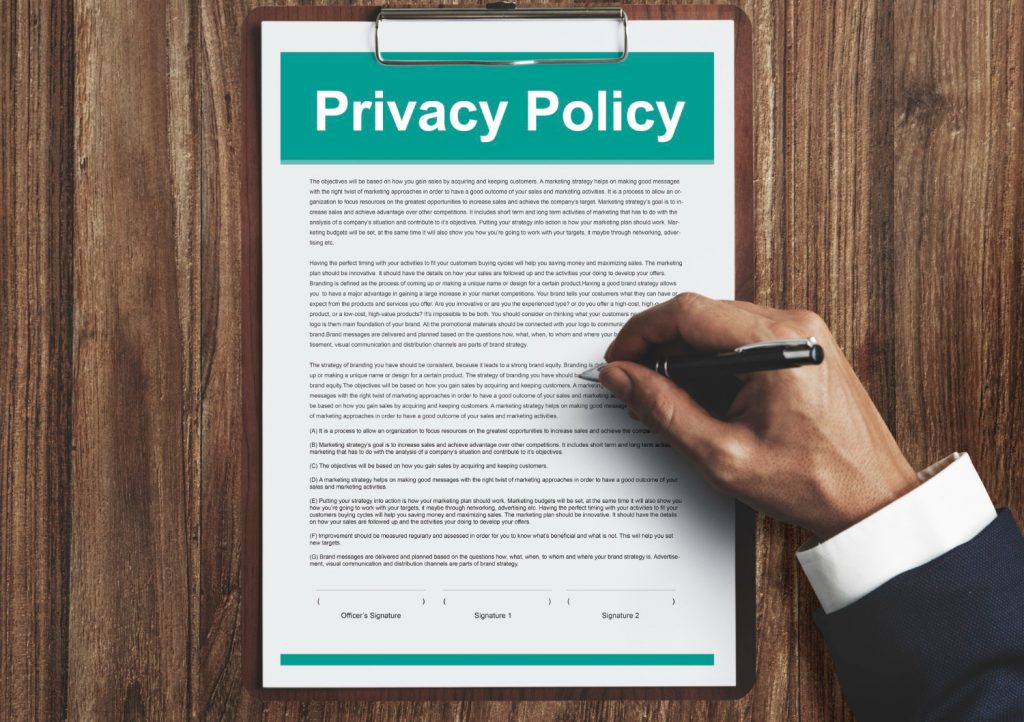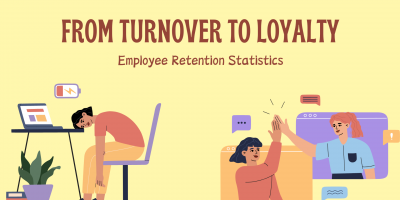
67 Customer Reviews Statistics
Elevate your business with insights from impactful customer review statistics.

Nearly everyone in the U.S. has a smartphone, shops online, and logs into their bank from the internet. This alone creates a breeding ground for new scams. Add onto that constantly arising scams from people looking to take advantage of COVID-19, protests, and the fundraising surrounding both, and you have a world where identity theft is as serious of a threat as ever.
Since the rise of the internet, scam artists have used technology to steal personal information of people around the world. Preventative measures are constantly getting more sophisticated, but so too are the scams.
Below, we’ve sourced top studies and data around identity theft to help companies and employers alike better understand the risks.



Understanding the statistics, magnitude as well as direct and indirect consequences identity theft can have on victims is a crucial step in raising awareness and preventing it.
Browse our curated list of vendors to find the best solution for your needs.
Subscribe to our newsletter for the latest trends, expert tips, and workplace insights!

Elevate your business with insights from impactful customer review statistics.

Is transformational leadership a viable solution for companies experiencing low employee trust and engagement? Learn as we unpack all elements of this leadership approach.

While competitive salaries help, retaining top talent involves much more than financial incentives. These insightful employee retention statistics reveal how employers can turn high turnover into even higher loyalty.

Revitalize your approach to remote work with innovative virtual programs and strategies, seamlessly uniting in-office and remote teams for a comprehensive well-being experience.
Used by most of the top employee benefits consultants in the US, Shortlister is where you can find, research and select HR and benefits vendors for your clients.
Shortlister helps you reach your ideal prospects. Claim your free account to control your message and receive employer, consultant and health plan leads.